当前位置:网站首页>STM32-库函数-SetSysClock(void)函数解析-正点原子探索者
STM32-库函数-SetSysClock(void)函数解析-正点原子探索者
2022-08-11 05:25:00 【Archimedes' boat】
目录
笔记:总代码&时钟结构图
总目的:配置SYSCLK(最高168MHz)
时钟选择源:PLLCLK
函数代码源:USER\system_stm32f4xx.c
static void SetSysClock(void)
{
#if defined (STM32F40_41xxx) || defined (STM32F427_437xx) || defined (STM32F429_439xx) || defined (STM32F401xx)
/******************************************************************************/
/* PLL (clocked by HSE) used as System clock source */
/******************************************************************************/
__IO uint32_t StartUpCounter = 0, HSEStatus = 0;
/* Enable HSE */
RCC->CR |= ((uint32_t)RCC_CR_HSEON);
/* Wait till HSE is ready and if Time out is reached exit */
do
{
HSEStatus = RCC->CR & RCC_CR_HSERDY;
StartUpCounter++;
} while((HSEStatus == 0) && (StartUpCounter != HSE_STARTUP_TIMEOUT));
if ((RCC->CR & RCC_CR_HSERDY) != RESET)
{
HSEStatus = (uint32_t)0x01;
}
else
{
HSEStatus = (uint32_t)0x00;
}
if (HSEStatus == (uint32_t)0x01)
{
/* Select regulator voltage output Scale 1 mode */
RCC->APB1ENR |= RCC_APB1ENR_PWREN;
PWR->CR |= PWR_CR_VOS;
/* HCLK = SYSCLK / 1*/
RCC->CFGR |= RCC_CFGR_HPRE_DIV1;
#if defined (STM32F40_41xxx) || defined (STM32F427_437xx) || defined (STM32F429_439xx)
/* PCLK2 = HCLK / 2*/
RCC->CFGR |= RCC_CFGR_PPRE2_DIV2;
/* PCLK1 = HCLK / 4*/
RCC->CFGR |= RCC_CFGR_PPRE1_DIV4;
#endif /* STM32F40_41xxx || STM32F427_437x || STM32F429_439xx */
#if defined (STM32F401xx)
/* PCLK2 = HCLK / 2*/
RCC->CFGR |= RCC_CFGR_PPRE2_DIV1;
/* PCLK1 = HCLK / 4*/
RCC->CFGR |= RCC_CFGR_PPRE1_DIV2;
#endif /* STM32F401xx */
/* Configure the main PLL */
RCC->PLLCFGR = PLL_M | (PLL_N << 6) | (((PLL_P >> 1) -1) << 16) |
(RCC_PLLCFGR_PLLSRC_HSE) | (PLL_Q << 24);
/* Enable the main PLL */
RCC->CR |= RCC_CR_PLLON;
/* Wait till the main PLL is ready */
while((RCC->CR & RCC_CR_PLLRDY) == 0)
;
#if defined (STM32F427_437xx) || defined (STM32F429_439xx)
/* Enable the Over-drive to extend the clock frequency to 180 Mhz */
PWR->CR |= PWR_CR_ODEN;
while((PWR->CSR & PWR_CSR_ODRDY) == 0)
{
}
PWR->CR |= PWR_CR_ODSWEN;
while((PWR->CSR & PWR_CSR_ODSWRDY) == 0)
{
}
/* Configure Flash prefetch, Instruction cache, Data cache and wait state */
FLASH->ACR = FLASH_ACR_PRFTEN | FLASH_ACR_ICEN |FLASH_ACR_DCEN |FLASH_ACR_LATENCY_5WS;
#endif /* STM32F427_437x || STM32F429_439xx */
#if defined (STM32F40_41xxx)
/* Configure Flash prefetch, Instruction cache, Data cache and wait state */
FLASH->ACR = FLASH_ACR_PRFTEN | FLASH_ACR_ICEN |FLASH_ACR_DCEN |FLASH_ACR_LATENCY_5WS;
#endif /* STM32F40_41xxx */
#if defined (STM32F401xx)
/* Configure Flash prefetch, Instruction cache, Data cache and wait state */
FLASH->ACR = FLASH_ACR_PRFTEN | FLASH_ACR_ICEN |FLASH_ACR_DCEN |FLASH_ACR_LATENCY_2WS;
#endif /* STM32F401xx */
/* Select the main PLL as system clock source */
RCC->CFGR &= (uint32_t)((uint32_t)~(RCC_CFGR_SW));
RCC->CFGR |= RCC_CFGR_SW_PLL;
/* Wait till the main PLL is used as system clock source */
while ((RCC->CFGR & (uint32_t)RCC_CFGR_SWS ) != RCC_CFGR_SWS_PLL);
{
}
}
else
{ /* If HSE fails to start-up, the application will have wrong clock
configuration. User can add here some code to deal with this error */
}
}时钟结构:STM32F4xx中文参考手册.pdf-6.2时钟

看图可知,有五个时钟源,分别为LSE、LSI、HSE、HSI、PLLCLLK
SetSysClock(void)函数就是对时钟源进行初始化,并且设置SYSCLK(系统时钟)
设置过程的代码有一定重复度,清楚模板应该就
------------------------------------------------华-丽-分-割-线------------------------------------------------
段1
首先是前面一段
__IO uint32_t StartUpCounter = 0, HSEStatus = 0;
/* Enable HSE */
RCC->CR |= ((uint32_t)RCC_CR_HSEON);
/* Wait till HSE is ready and if Time out is reached exit */
do
{
HSEStatus = RCC->CR & RCC_CR_HSERDY;
StartUpCounter++;
} while((HSEStatus == 0) && (StartUpCounter != HSE_STARTUP_TIMEOUT));
加上宏定义
#define __IO volatile /*!< Defines 'read / write' permissions */
#define RCC_CR_HSEON ((uint32_t)0x00010000)
#define RCC_CR_HSERDY ((uint32_t)0x00020000)
#if !defined (HSE_STARTUP_TIMEOUT)
#define HSE_STARTUP_TIMEOUT ((uint16_t)0x05000) /*!< Time out for HSE start up */
#endif /* HSE_STARTUP_TIMEOUT */
typedef unsigned int uint32_t;
首先初始化RCC_CR时钟控制寄存器:RCC->CR |= ((uint32_t)RCC_CR_HSEON);
RCC_CR_HSEON=(uint32_t)0x00010000中“1”是第16位,就是激活(enable,使能)HSE
RCC_CR_HSERDY =((uint32_t)0x00020000)中“1”(二进制)是第17位,HSE刚刚初始化的时候不稳定,当17位是“1”时候才稳定,

RCC->CR & RCC_CR_HSERDY是说当HSE稳定时候,HSEStatus才不为0,才跳出循环
而StartUpCounter != HSE_STARTUP_TIMEOUT指开始循环计数没有到达规定上限,要是到了规定次数上限,也跳出循环,暂时按下不表
段2
接下来一段
if ((RCC->CR & RCC_CR_HSERDY) != RESET)
{
HSEStatus = (uint32_t)0x01;
}
else
{
HSEStatus = (uint32_t)0x00;
}
加上宏定义
typedef enum {RESET = 0, SET = !RESET} FlagStatus, ITStatus;
和上面一样,如果RCC_CR稳定了,就令HSEStatus = (uint32_t)0x01,这说明HSE确实稳定了,然后进入下一阶段
而如果没稳定,赋值0x00,进入段3最后几句的else语句
/*如果HSE启动失败,应用程序将会有错误的时钟
配置。用户可以在这里添加一些代码来处理此错误*/
eg.此时可以判断StartUpCounter的值决定是否要继续enableHSE
段3
最后一部分
if (HSEStatus == (uint32_t)0x01)
{
/* Select regulator voltage output Scale 1 mode */
RCC->APB1ENR |= RCC_APB1ENR_PWREN;
PWR->CR |= PWR_CR_VOS;
/* HCLK = SYSCLK / 1*/
RCC->CFGR |= RCC_CFGR_HPRE_DIV1;
#if defined (STM32F40_41xxx) || defined (STM32F427_437xx) || defined (STM32F429_439xx)
/* PCLK2 = HCLK / 2*/
RCC->CFGR |= RCC_CFGR_PPRE2_DIV2;
/* PCLK1 = HCLK / 4*/
RCC->CFGR |= RCC_CFGR_PPRE1_DIV4;
#endif /* STM32F40_41xxx || STM32F427_437x || STM32F429_439xx */
#if defined (STM32F401xx)
/* PCLK2 = HCLK / 2*/
RCC->CFGR |= RCC_CFGR_PPRE2_DIV1;
/* PCLK1 = HCLK / 4*/
RCC->CFGR |= RCC_CFGR_PPRE1_DIV2;
#endif /* STM32F401xx */
/* Configure the main PLL */
RCC->PLLCFGR = PLL_M | (PLL_N << 6) | (((PLL_P >> 1) -1) << 16) |
(RCC_PLLCFGR_PLLSRC_HSE) | (PLL_Q << 24);
/* Enable the main PLL */
RCC->CR |= RCC_CR_PLLON;
/* Wait till the main PLL is ready */
while((RCC->CR & RCC_CR_PLLRDY) == 0)
;
#if defined (STM32F427_437xx) || defined (STM32F429_439xx)
/* Enable the Over-drive to extend the clock frequency to 180 Mhz */
PWR->CR |= PWR_CR_ODEN;
while((PWR->CSR & PWR_CSR_ODRDY) == 0)
{
}
PWR->CR |= PWR_CR_ODSWEN;
while((PWR->CSR & PWR_CSR_ODSWRDY) == 0)
{
}
/* Configure Flash prefetch, Instruction cache, Data cache and wait state */
FLASH->ACR = FLASH_ACR_PRFTEN | FLASH_ACR_ICEN |FLASH_ACR_DCEN |FLASH_ACR_LATENCY_5WS;
#endif /* STM32F427_437x || STM32F429_439xx */
#if defined (STM32F40_41xxx)
/* Configure Flash prefetch, Instruction cache, Data cache and wait state */
FLASH->ACR = FLASH_ACR_PRFTEN | FLASH_ACR_ICEN |FLASH_ACR_DCEN |FLASH_ACR_LATENCY_5WS;
#endif /* STM32F40_41xxx */
#if defined (STM32F401xx)
/* Configure Flash prefetch, Instruction cache, Data cache and wait state */
FLASH->ACR = FLASH_ACR_PRFTEN | FLASH_ACR_ICEN |FLASH_ACR_DCEN |FLASH_ACR_LATENCY_2WS;
#endif /* STM32F401xx */
/* Select the main PLL as system clock source */
RCC->CFGR &= (uint32_t)((uint32_t)~(RCC_CFGR_SW));
RCC->CFGR |= RCC_CFGR_SW_PLL;
/* Wait till the main PLL is used as system clock source */
while ((RCC->CFGR & (uint32_t)RCC_CFGR_SWS ) != RCC_CFGR_SWS_PLL);
{
}
}
else
{ /* If HSE fails to start-up, the application will have wrong clock
configuration. User can add here some code to deal with this error */
}太长了再分段
段3.1
宏定义:
#define RCC_APB1ENR_PWREN ((uint32_t)0x10000000)
#define PWR_CR_VOS ((uint32_t)0x0000C000) /*!< VOS[1:0] bits (Regulator voltage scaling output selection) */
#define RCC_CFGR_HPRE_DIV1 ((uint32_t)0x00000000) /*!< SYSCLK not divided */
#define RCC_CFGR_HPRE_DIV2 ((uint32_t)0x00000080) /*!< SYSCLK divided by 2 */
#define RCC_CFGR_HPRE_DIV4 ((uint32_t)0x00000090) /*!< SYSCLK divided by 4 */
#define RCC_CFGR_HPRE_DIV8 ((uint32_t)0x000000A0) /*!< SYSCLK divided by 8 */
#define RCC_CFGR_HPRE_DIV16 ((uint32_t)0x000000B0) /*!< SYSCLK divided by 16 */
#define RCC_CFGR_HPRE_DIV64 ((uint32_t)0x000000C0) /*!< SYSCLK divided by 64 */
#define RCC_CFGR_HPRE_DIV128 ((uint32_t)0x000000D0) /*!< SYSCLK divided by 128 */
#define RCC_CFGR_HPRE_DIV256 ((uint32_t)0x000000E0) /*!< SYSCLK divided by 256 */
#define RCC_CFGR_HPRE_DIV512 ((uint32_t)0x000000F0) /*!< SYSCLK divided by 512 */
#define RCC_CFGR_PPRE1_DIV1 ((uint32_t)0x00000000) /*!< HCLK not divided */
#define RCC_CFGR_PPRE1_DIV2 ((uint32_t)0x00001000) /*!< HCLK divided by 2 */
#define RCC_CFGR_PPRE1_DIV4 ((uint32_t)0x00001400) /*!< HCLK divided by 4 */
#define RCC_CFGR_PPRE1_DIV8 ((uint32_t)0x00001800) /*!< HCLK divided by 8 */
#define RCC_CFGR_PPRE1_DIV16 ((uint32_t)0x00001C00) /*!< HCLK divided by 16 */
#define RCC_CFGR_PPRE2_DIV1 ((uint32_t)0x00000000) /*!< HCLK not divided */
#define RCC_CFGR_PPRE2_DIV2 ((uint32_t)0x00008000) /*!< HCLK divided by 2 */
#define RCC_CFGR_PPRE2_DIV4 ((uint32_t)0x0000A000) /*!< HCLK divided by 4 */
#define RCC_CFGR_PPRE2_DIV8 ((uint32_t)0x0000C000) /*!< HCLK divided by 8 */
#define RCC_CFGR_PPRE2_DIV16 ((uint32_t)0x0000E000) /*!< HCLK divided by 16 */
#if defined (STM32F40_41xxx) || defined (STM32F427_437xx) || defined (STM32F429_439xx) || defined (STM32F401xx)
/* PLL_VCO = (HSE_VALUE or HSI_VALUE / PLL_M) * PLL_N */
#define PLL_M 8
#else /* STM32F411xE */
#if defined (USE_HSE_BYPASS)
#define PLL_M 8
#else /* STM32F411xE */
#define PLL_M 16
#endif /* USE_HSE_BYPASS */
#endif /* STM32F40_41xxx || STM32F427_437xx || STM32F429_439xx || STM32F401xx */
/* USB OTG FS, SDIO and RNG Clock = PLL_VCO / PLLQ */
#define PLL_Q 7
#if defined (STM32F40_41xxx)
#define PLL_N 336
/* SYSCLK = PLL_VCO / PLL_P */
#define PLL_P 2
#endif /* STM32F40_41xxx */
#define RCC_CR_PLLON ((uint32_t)0x01000000)
#define RCC_CR_PLLRDY ((uint32_t)0x02000000)
代码:
/* Select regulator voltage output Scale 1 mode */
RCC->APB1ENR |= RCC_APB1ENR_PWREN;
PWR->CR |= PWR_CR_VOS;
/* HCLK = SYSCLK / 1*/
RCC->CFGR |= RCC_CFGR_HPRE_DIV1;
#if defined (STM32F40_41xxx) || defined (STM32F427_437xx) || defined (STM32F429_439xx)
/* PCLK2 = HCLK / 2*/
RCC->CFGR |= RCC_CFGR_PPRE2_DIV2;
/* PCLK1 = HCLK / 4*/
RCC->CFGR |= RCC_CFGR_PPRE1_DIV4;
#endif /* STM32F40_41xxx || STM32F427_437x || STM32F429_439xx */
#if defined (STM32F401xx)
/* PCLK2 = HCLK / 2*/
RCC->CFGR |= RCC_CFGR_PPRE2_DIV1;
/* PCLK1 = HCLK / 4*/
RCC->CFGR |= RCC_CFGR_PPRE1_DIV2;
#endif /* STM32F401xx */
/* Configure the main PLL */
RCC->PLLCFGR = PLL_M | (PLL_N << 6) | (((PLL_P >> 1) -1) << 16) |
(RCC_PLLCFGR_PLLSRC_HSE) | (PLL_Q << 24);
/* Enable the main PLL */
RCC->CR |= RCC_CR_PLLON;
/* Wait till the main PLL is ready */
while((RCC->CR & RCC_CR_PLLRDY) == 0)
;
APB1外设时钟enable寄存器(RCC_APB1ENR) 低速APB使能
APB2外设时钟enable寄存器(RCC_APB2ENR) 高速APB使能
可知RCC_APB1ENR_PWREN=((uint32_t)0x10000000)即为第28位 置1

而PWR_CR_VOS=((uint32_t)0x0000C000)即为第14、15位 置1

接下来是差分,即时钟结构图上/M,/P,*N等的设置,和上面一样,根据宏定义的数值去查STM32F4xx中文(或英文)参考手册即可找出对应的具体含义
根据差分后的倍率计算公式:
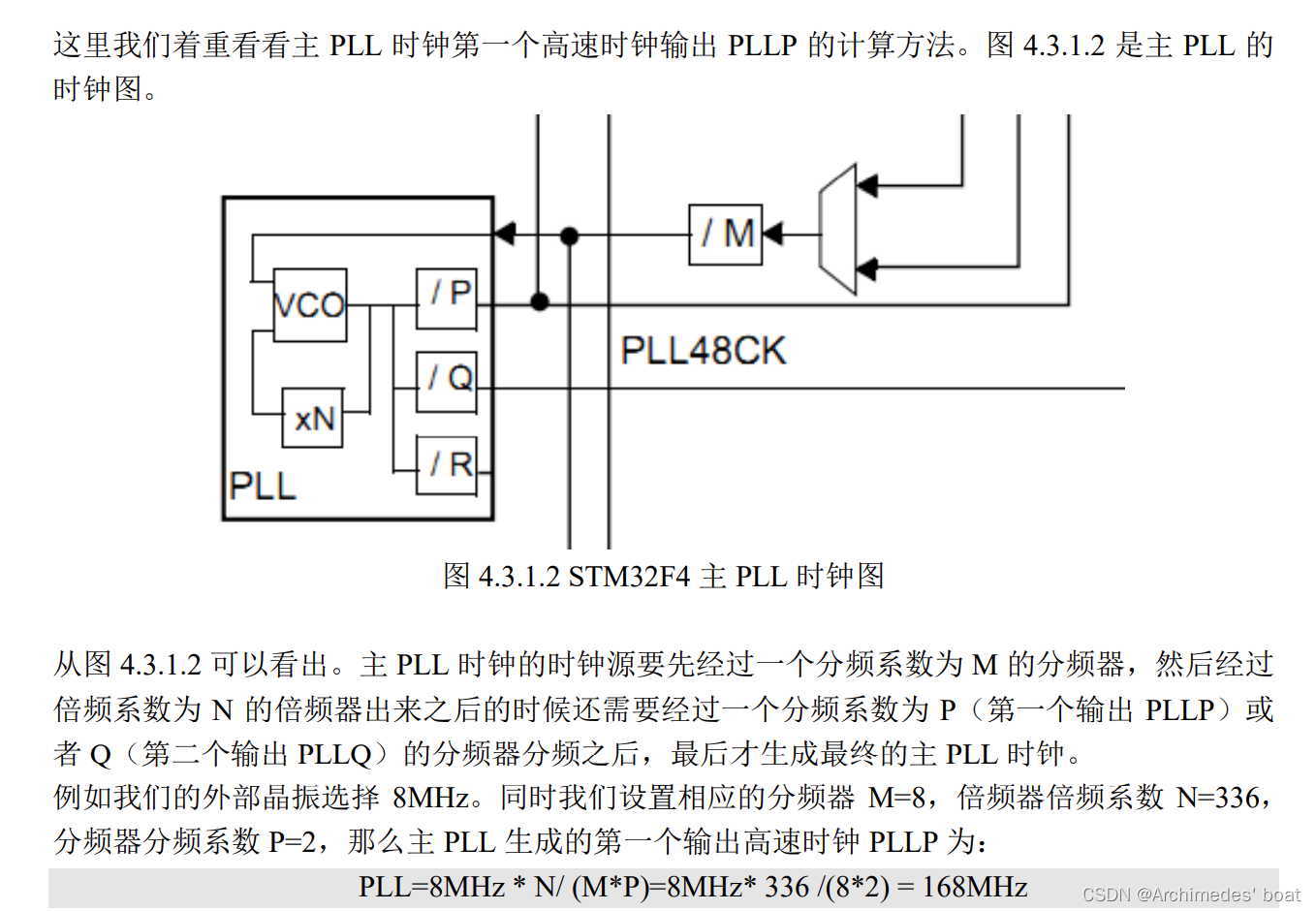
段3.2
#if defined (STM32F427_437xx) || defined (STM32F429_439xx)
/* Enable the Over-drive to extend the clock frequency to 180 Mhz */
PWR->CR |= PWR_CR_ODEN;
while((PWR->CSR & PWR_CSR_ODRDY) == 0)
{
}
PWR->CR |= PWR_CR_ODSWEN;
while((PWR->CSR & PWR_CSR_ODSWRDY) == 0)
{
}
/* Configure Flash prefetch, Instruction cache, Data cache and wait state */
FLASH->ACR = FLASH_ACR_PRFTEN | FLASH_ACR_ICEN |FLASH_ACR_DCEN |FLASH_ACR_LATENCY_5WS;
#endif /* STM32F427_437x || STM32F429_439xx */
#if defined (STM32F40_41xxx)
/* Configure Flash prefetch, Instruction cache, Data cache and wait state */
FLASH->ACR = FLASH_ACR_PRFTEN | FLASH_ACR_ICEN |FLASH_ACR_DCEN |FLASH_ACR_LATENCY_5WS;
#endif /* STM32F40_41xxx */
#if defined (STM32F401xx)
/* Configure Flash prefetch, Instruction cache, Data cache and wait state */
FLASH->ACR = FLASH_ACR_PRFTEN | FLASH_ACR_ICEN |FLASH_ACR_DCEN |FLASH_ACR_LATENCY_2WS;
#endif /* STM32F401xx */
/* Select the main PLL as system clock source */
RCC->CFGR &= (uint32_t)((uint32_t)~(RCC_CFGR_SW));
RCC->CFGR |= RCC_CFGR_SW_PLL;
/* Wait till the main PLL is used as system clock source */
while ((RCC->CFGR & (uint32_t)RCC_CFGR_SWS ) != RCC_CFGR_SWS_PLL);
{
}
}
else
{ /* If HSE fails to start-up, the application will have wrong clock
configuration. User can add here some code to deal with this error */
}加上宏定义:
#define PWR_CR_ODEN ((uint32_t)0x00010000) /*!< Over Drive enable*/
#define PWR_CR_ODSWEN ((uint32_t)0x00020000) /*!< Over Drive switch enabled */
#define PWR_CSR_ODRDY ((uint32_t)0x00010000) /*!< Over Drive generator ready */
#define PWR_CSR_ODSWRDY ((uint32_t)0x00020000) /*!< Over Drive Switch ready */
#define FLASH_ACR_PRFTEN ((uint32_t)0x00000100)
#define FLASH_ACR_ICEN ((uint32_t)0x00000200)
#define FLASH_ACR_DCEN ((uint32_t)0x00000400)
#define FLASH_ACR_LATENCY_2WS ((uint32_t)0x00000002)
#define FLASH_ACR_LATENCY_5WS ((uint32_t)0x00000005)
#define RCC_CFGR_SW ((uint32_t)0x00000003) /*!< SW[1:0] bits (System clock Switch) */
#define RCC_CFGR_SW_PLL ((uint32_t)0x00000002) /*!< PLL selected as system clock */
#define RCC_CFGR_SWS ((uint32_t)0x0000000C) /*!< SWS[1:0] bits (System Clock Switch Status) */Flash 访问控制寄存器 (FLASH_ACR:Flash access control register):Flash 访问控制寄存器用于使能/关闭加速功能,并且可根据 CPU 频率控制 Flash 访问时间,代码上面一段是配置FLASH_ACR来
而RCC->CFGR &= (uint32_t)((uint32_t)~(RCC_CFGR_SW))中:
~(RCC_CFGR_SW)=0x1111111C,又加上&=,最后是除了第0、1位是0,其他位不变,作用是先清零位1:0,再写入PLL,并不是要选择HSI作为系统时钟
紧接着RCC->CFGR |= RCC_CFGR_SW_PLL的作用是选择PLLCLK作为系统时钟

最后的while循环意思是再次确定已经选择了PLLCLK作为系统时钟源
至此系统时钟源设置完毕
总结
1、enable HSE,正点原子的外接HSE是8MHz;
2、把AHB PRESC中APBx分频系数以及其他项设置好;
3、把HSE作为主PLL时钟源;
4、把/M、*N、/P设置好,enable PLLCLK,让PLLCLK就绪;
5、让SYSCLK选择PLLCLK作为时钟源。
边栏推荐
- Diagnostic Log and Trace——为应用程序和上下文设置日志级别的方法
- Safety helmet recognition - construction safety "regulator"
- swin-transformer训练自己的数据集<自留>
- Robust 3D Object Detection in Cold Weather Conditions
- 2022年最新安全帽佩戴识别系统
- 梅科尔工作室-HarmonyOS应用开发第三次培训
- 梅科尔工作室-DjangoWeb 应用框架+MySQL数据库第二次培训
- CMT2380F32模块开发5-CLK例程
- 支付牌照是什么意思
- MSP430学习总结——时钟UCS
猜你喜欢

Solutions to the 7th Jimei University Programming Contest (Individual Contest)
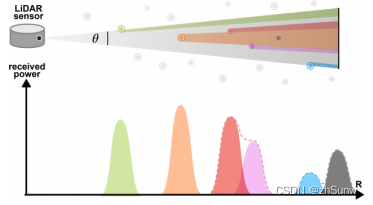
LiDAR Snowfall Simulation for Robust 3D Object Detection
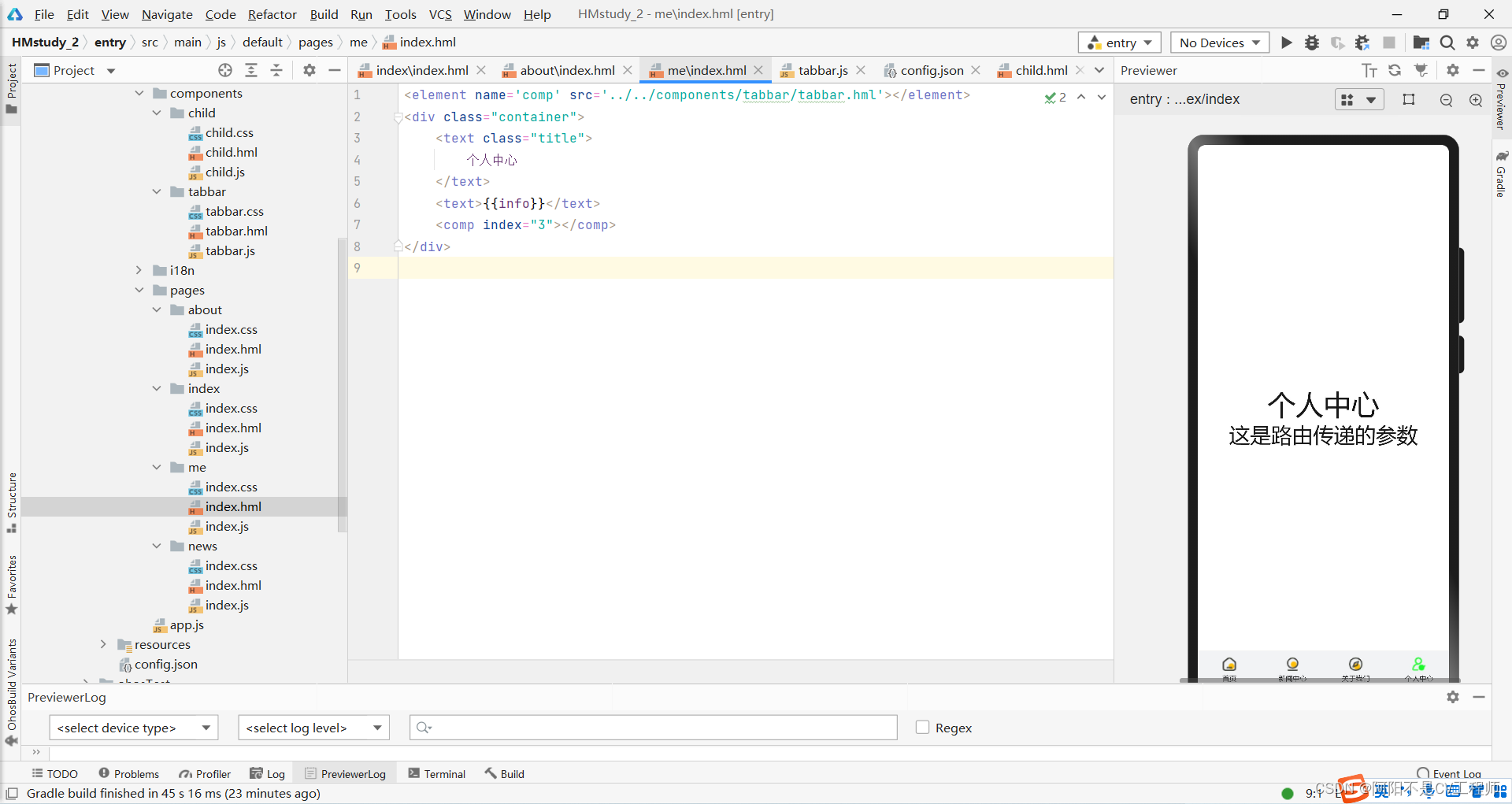
梅科尔工作室-HarmonyOS应用开发的第二次培训
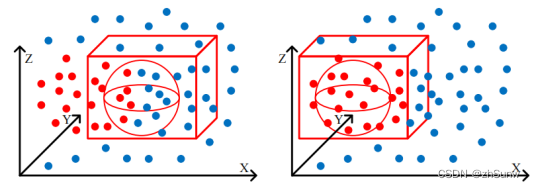
SCNet:Semantic Consistency Networks for 3D Object Detection
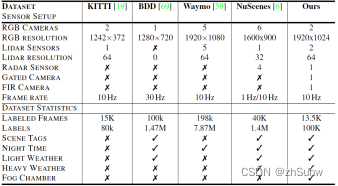
CVPR2020: Seeing Through Fog Without Seeing Fog
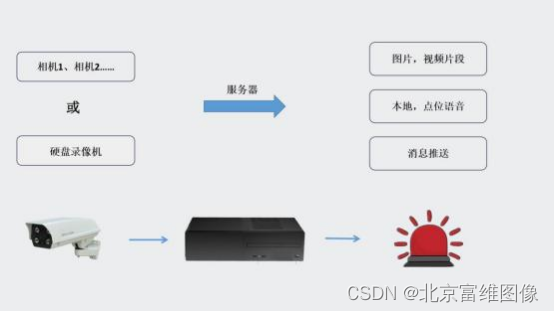
Introduction of safety helmet wearing recognition system
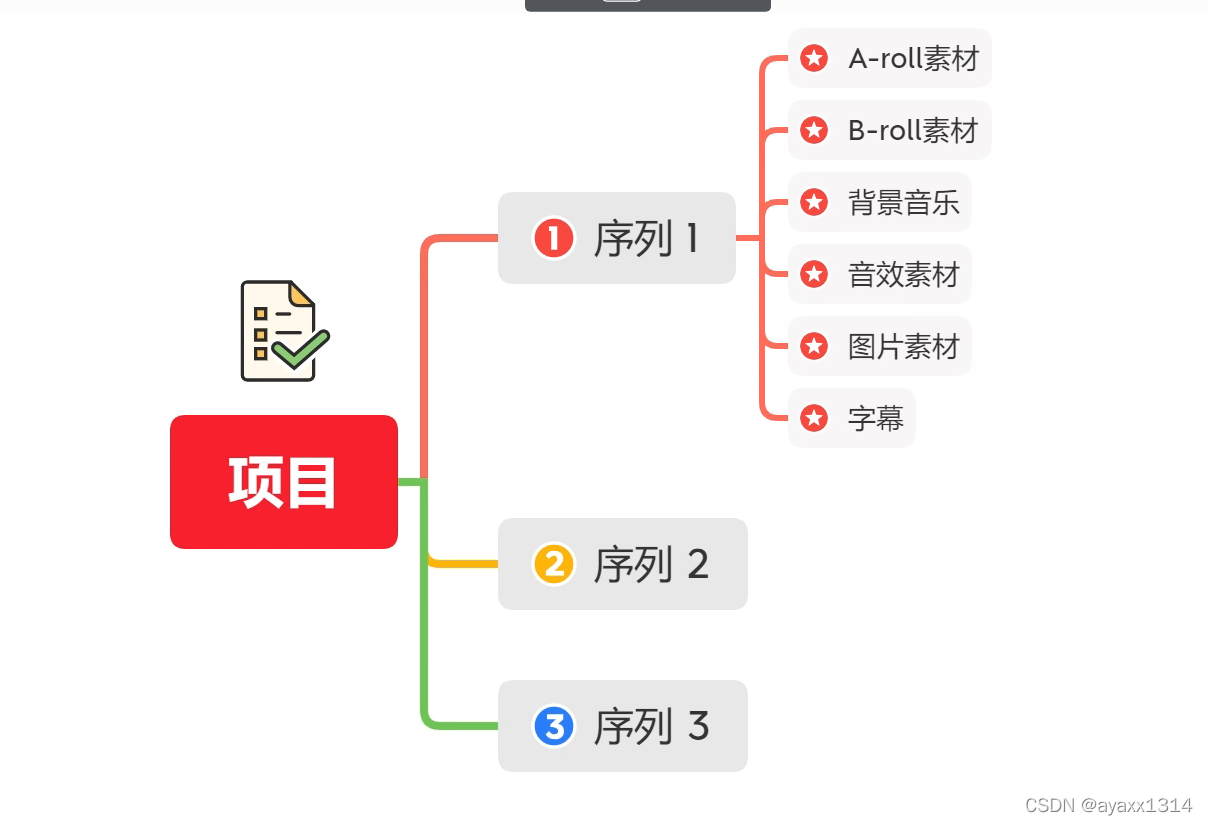
梅科尔工作室-Pr第一次培训笔记(安装及项目创建)
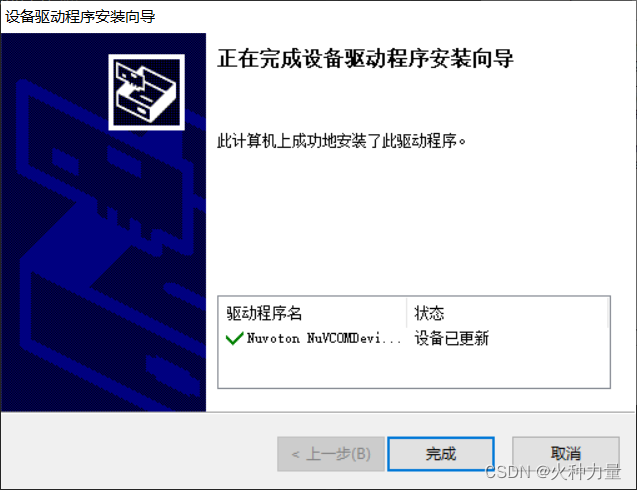
NUC980-镜像烧录
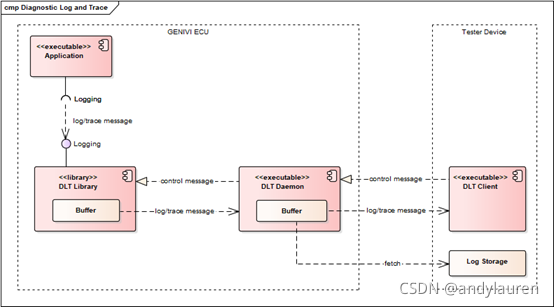
Diagnostic Log and Trace——dlt的编译和安装
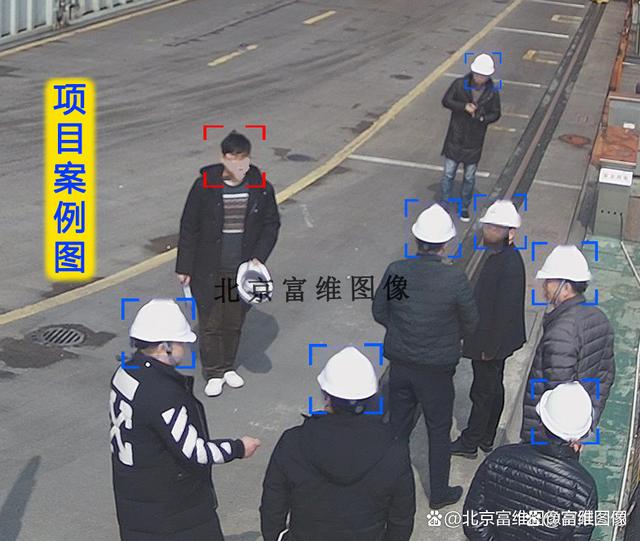
Safety helmet identification system - escort for safe production
随机推荐
基于AI智能图像识别:4个不同的行业应用
红外线应用-红外遥控
stm32-WS2812 PWM+DMA(自己写库函数)
AI-based intelligent image recognition: 4 different industry applications
张小龙的微信公开课(2019年)
推出 Space Marketplace 测试版 | 新发布
CMT2380F32模块开发10-高级定时器例程
梅科尔工作室-PR第三次培训笔记(效果与转场及插件使用)
CMT2380F32模块开发1-硬件
安全帽识别-施工安全的“监管者”
Reconstruction and Synthesis of Lidar Point Clouds of Spray
SCNet:Semantic Consistency Networks for 3D Object Detection
实时姿态估计--基于空洞卷积的人体姿态估计网络
Solutions to the 7th Jimei University Programming Contest (Individual Contest)
net6 的Web MVC项目中事务功能的应用
mAPH - Waymo dataset
关于安全帽识别系统,你需要知道的选择要点
Asp doNet Mvc4绑定js脚本用法
ASP.NET MVC 4中实现action的事务功能
Joint 3D Instance Segmentation and Object Detection for Autonomous Driving